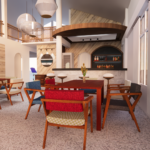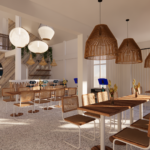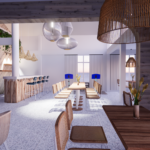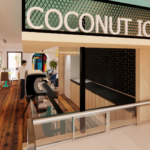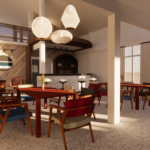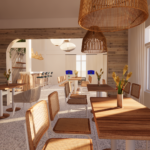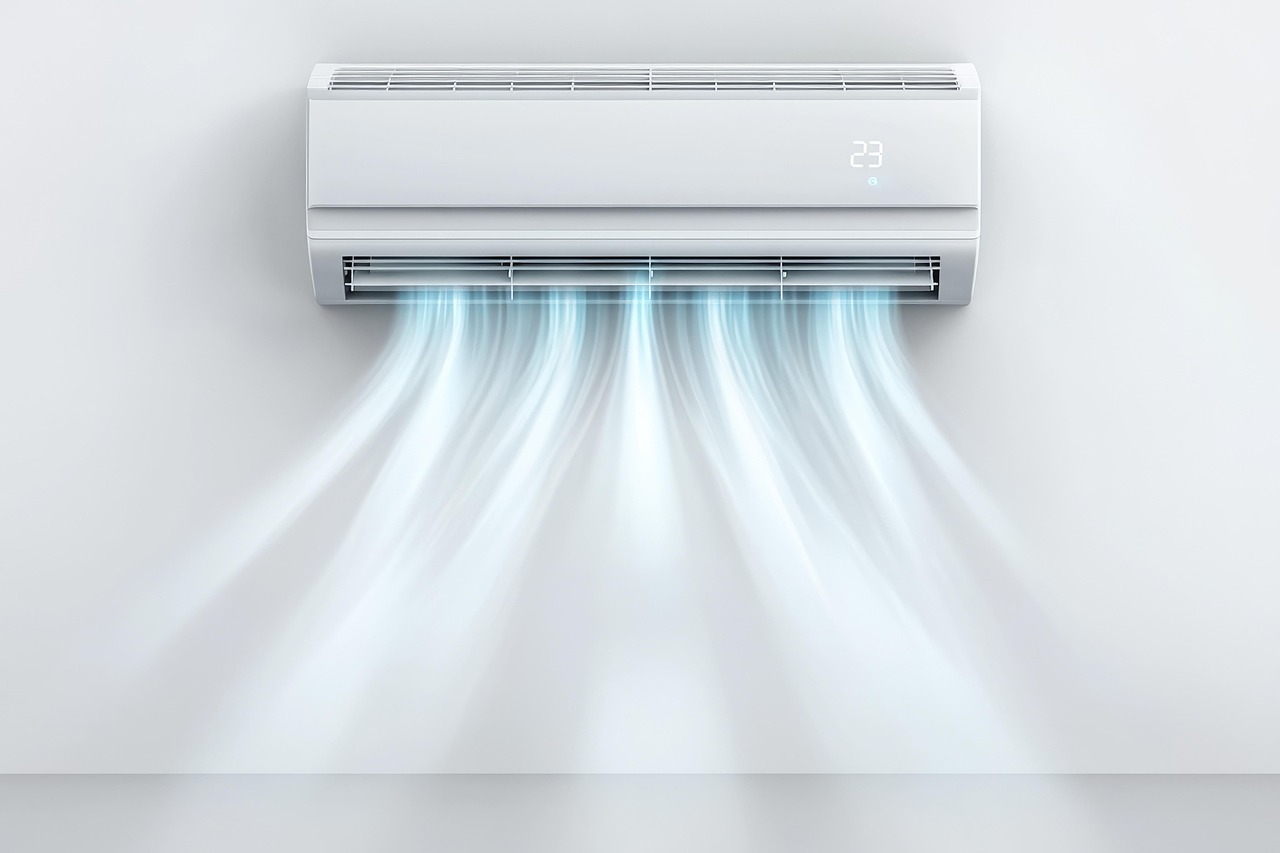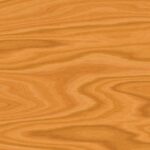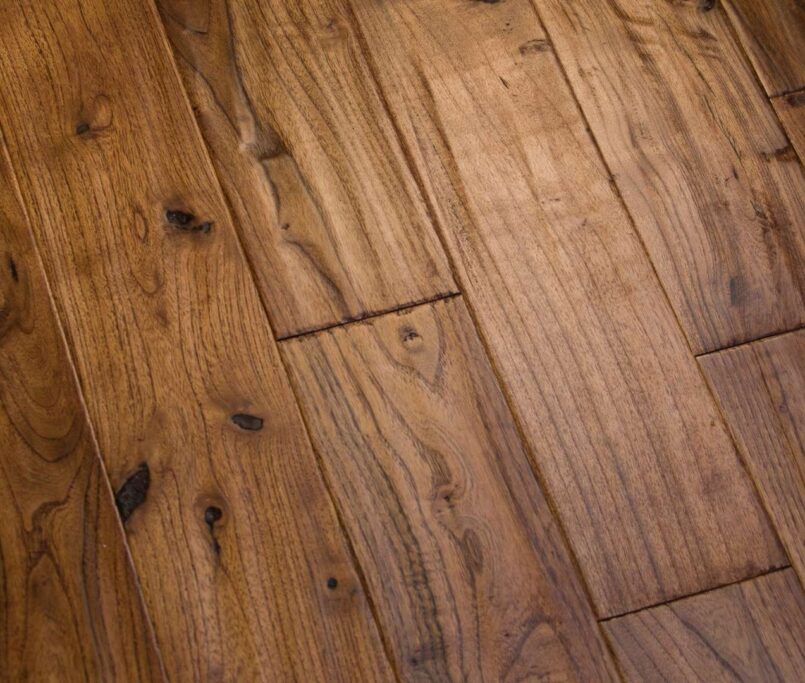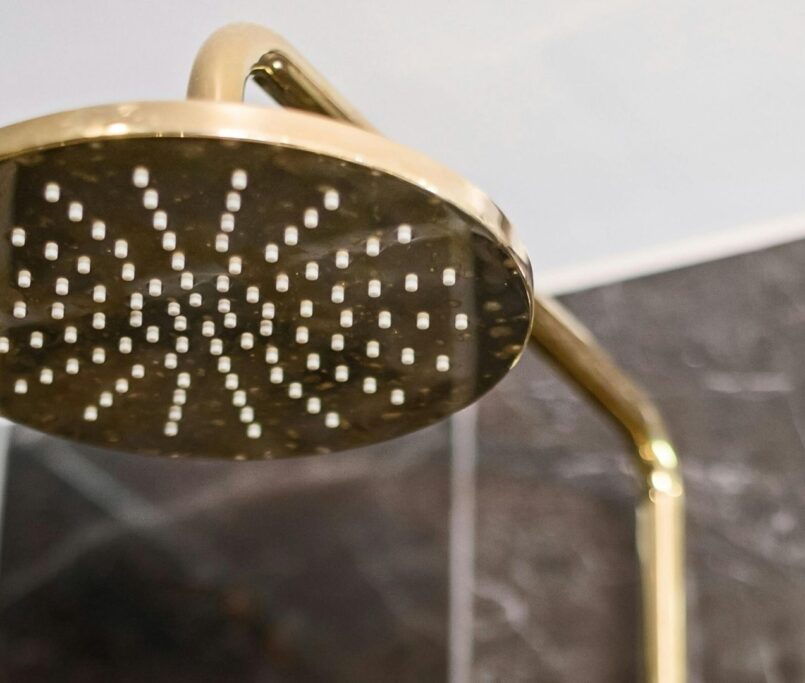In Phuket, many homeowners overlook insulation until the heat becomes unbearable or the energy bills start creeping up. But insulation materials are one of the simplest, low-tech ways to increase comfort and reduce air-conditioning demands in a tropical villa.
Whether you are building from scratch or upgrading a property that was never designed with the local climate in mind, knowing how and where to insulate can make a measurable difference to both your living conditions and your wallet.
Why Insulation Matters in the Tropics
We often associate insulation with keeping homes warm, but in hot, humid regions like Phuket, the goal is the opposite: to keep the heat out and the cool air in.
When applied correctly, insulation can:
- Reduce indoor heat gain
- Lower energy usage (by up to 20 percent in many cases)
- Prevent condensation on cold surfaces
- Deter mould and mildew, both common problems in tropical homes
It’s not just a comfort issue. Poor thermal control combined with excess humidity speeds up deterioration of finishes, encourages mould, and forces HVAC systems to work far harder than they should.
Where to Focus Insulation Efforts
HVAC Ducts and Cold-Water Pipes
If you do nothing else, start here. Wrapping your air-conditioning ducts and cold-water pipes with appropriate insulation is one of the most cost-effective upgrades in a tropical home.
EPDM (ethylene propylene diene monomer) foam is an excellent option. It is flexible, mould-resistant, UV-stable, and performs well in reducing both heat transfer and condensation.
Roof Spaces
In roof cavities, radiant barriers or reflective insulation can help deflect incoming heat before it reaches the living spaces below. If the budget allows, combine these with closed-cell foam or mineral wool to boost performance further.
Walls (Selective Use)
Wall insulation in Phuket is rarely essential, as thick masonry walls often provide sufficient thermal mass. Ventilation usually takes priority. However, in rooms with large wall areas facing prolonged sun, rigid board insulation or air gaps may help — provided moisture migration is carefully managed.
Installation Matters as Much as Insulation Material
No matter what material you use, correct installation is absolutely vital. Even high-quality insulation can fail if there are gaps, poor sealing, or inappropriate adhesives.
For HVAC and pipework, the essentials include:
- A minimum of 25 mm insulation thickness
- Fully sealed joints, ideally with vapour barriers
- Professional-grade adhesives suitable for high-humidity environments
- Thermal insulation tape matched to the rating of the main material
Cutting corners here almost always leads to performance issues later.
Architect’s Verdict
Insulation is rarely glamorous, but it is one of the most effective ways to improve comfort and reduce long-term running costs in a tropical build. For new homes, it should be integrated at the design stage. For existing properties, focusing on ducts, pipes, and roof cavities provides a worthwhile upgrade with minimal disruption.
If you have a project and need top architectural services, get in touch here. For more invaluable information, browse our blog or check out our sister YouTube channel, which is packed with useful advice for those buying land or building in tropical environments.

